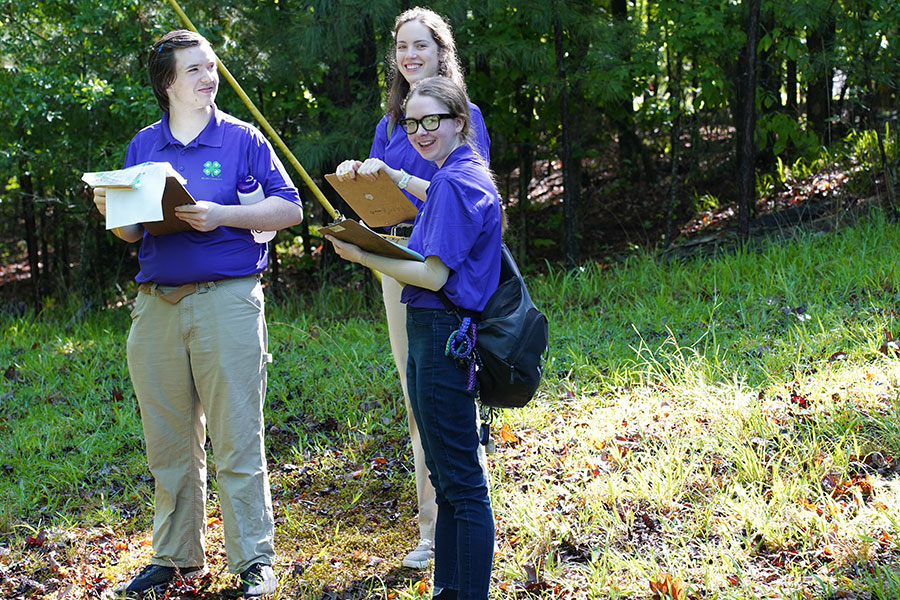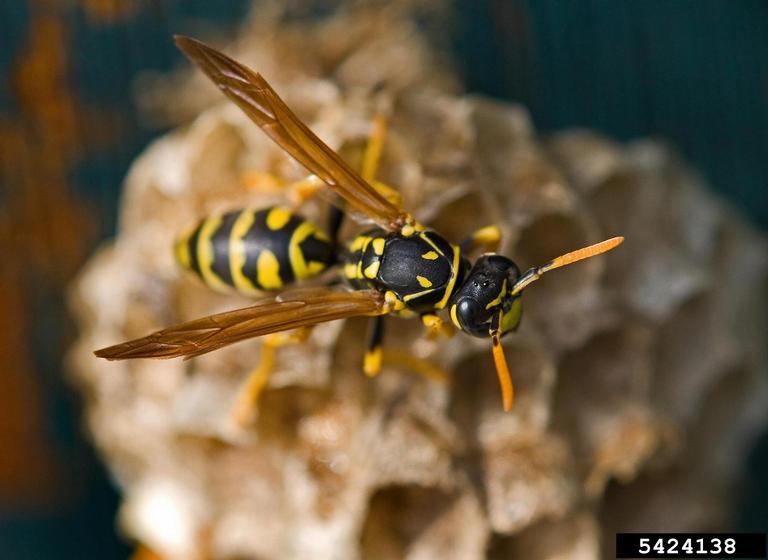By Faith Peppers
University of Georgia
In a study of new and used artificial trees, the Environmental Quality Institute at the University of North Carolina-Asheville found that some trees contained lead.
"Researchers studied the trees for a month, using weekly wipe samples taken from below the tree," said Jorge Atiles, a University of Georgia Extension Service housing specialist.
"The study found that two of the used trees with lead in the PVC branch material emitted high levels of lead," Atiles said. "While the use of lead as a PVC stabilizer is becoming more infrequent, some common Christmas products such as artificial trees made in China may contain lead used as a PVC stabilizer."
What can you do?
If you're concerned about your PVC tree, garland or wreath, you can have items tested for lead emission with a kit from the Environmental Quality Institute.The kit costs $15. Mail orders with checks to FE/EQI CPO #2331, UNC-Asheville, Asheville, NC 28804. You'll get a test kit with instructions, disposable lab gloves, a lab wipe and vial, a research questionnaire and a return mailer, Atiles said.
In the meantime, if you suspect your tree or other PVC product may contain lead, minimize your family's exposure to them. Atiles offers these tips:
- If you have children, consider getting new products and disposing of the old ones.
- Check the labels of PVC Christmas products before you buy them. Companies are now required to disclose if any products may contain lead. To date, there are no recalls or exchange programs for these products.
- Wash your hands after touching the item.
- PVC products may degrade in sun and heat. Clean the entire area carefully to eliminate any lead particulate matter.
Lead exposure risk
"Children are more susceptible to the negative effects of lead exposure, which can range from learning disabilities to seizures and death," Atiles said."Exposure can come from airborne lead dust, emitted from the tree, which may be breathed into children's lungs," he said. "Lead dust also may settle on the ground and on gifts stacked under the tree."
Children ingest the lead when they touch the ground and the gifts and then put their contaminated hands into their mouths.
Until safe levels of lead exposure are determined, it's important to keep children from coming in contact with the tree and lead dust emitted from it, Atiles said.
For more information on lead contamination, visit the World Wide Web at yosemite.epa.gov/ochp/ochpweb.nsf/.
(Faith Peppers is a news editor with the University of Georgia College of Agricultural and Environmental Sciences.)






